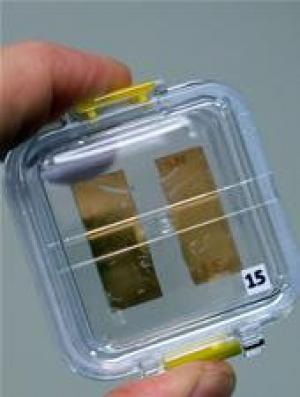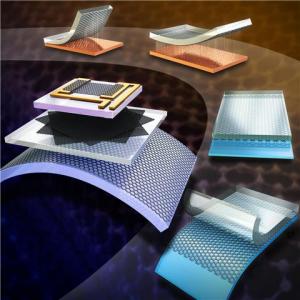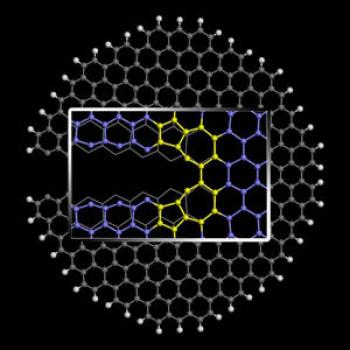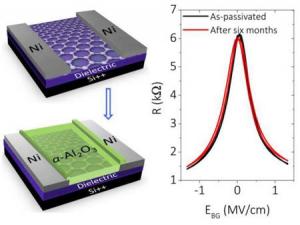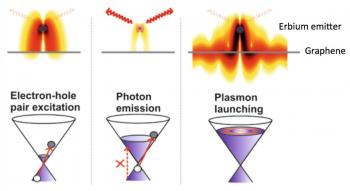A new method of making magnetic graphene that keeps its electronic properties
Researchers at the University of California at Riverside found a way to introduce magnetism in graphene while still preserving electronics properties. This may represent a significant step forward in the use of graphene in chips and electronics, since doping in the past induced magnetism but damaged graphene's electronic properties. this method can also be used in spintronics - chips that use electronic spin to store data.
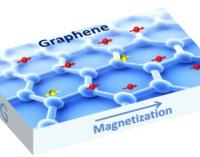
The scientists explain they have overcome the problem by moving a graphene sheet very close to an electrical insulator with magnetic properties, since placing graphene on an insulating magnetic substrate can make the material ferromagnetic without disturbing its conductivity. The magnetic graphene is said to acquire new electronic properties, and so new quantum phenomena can take place.
